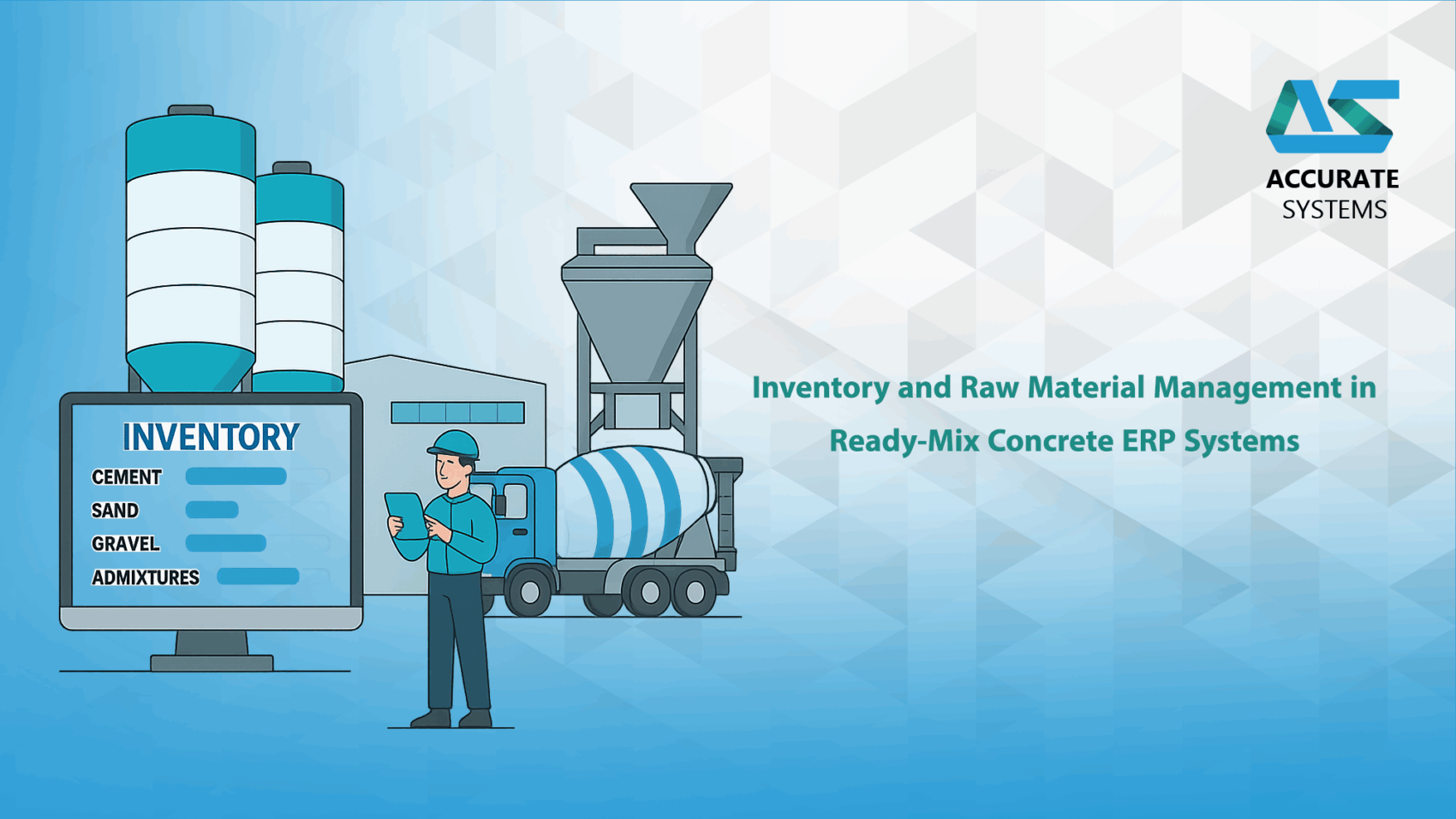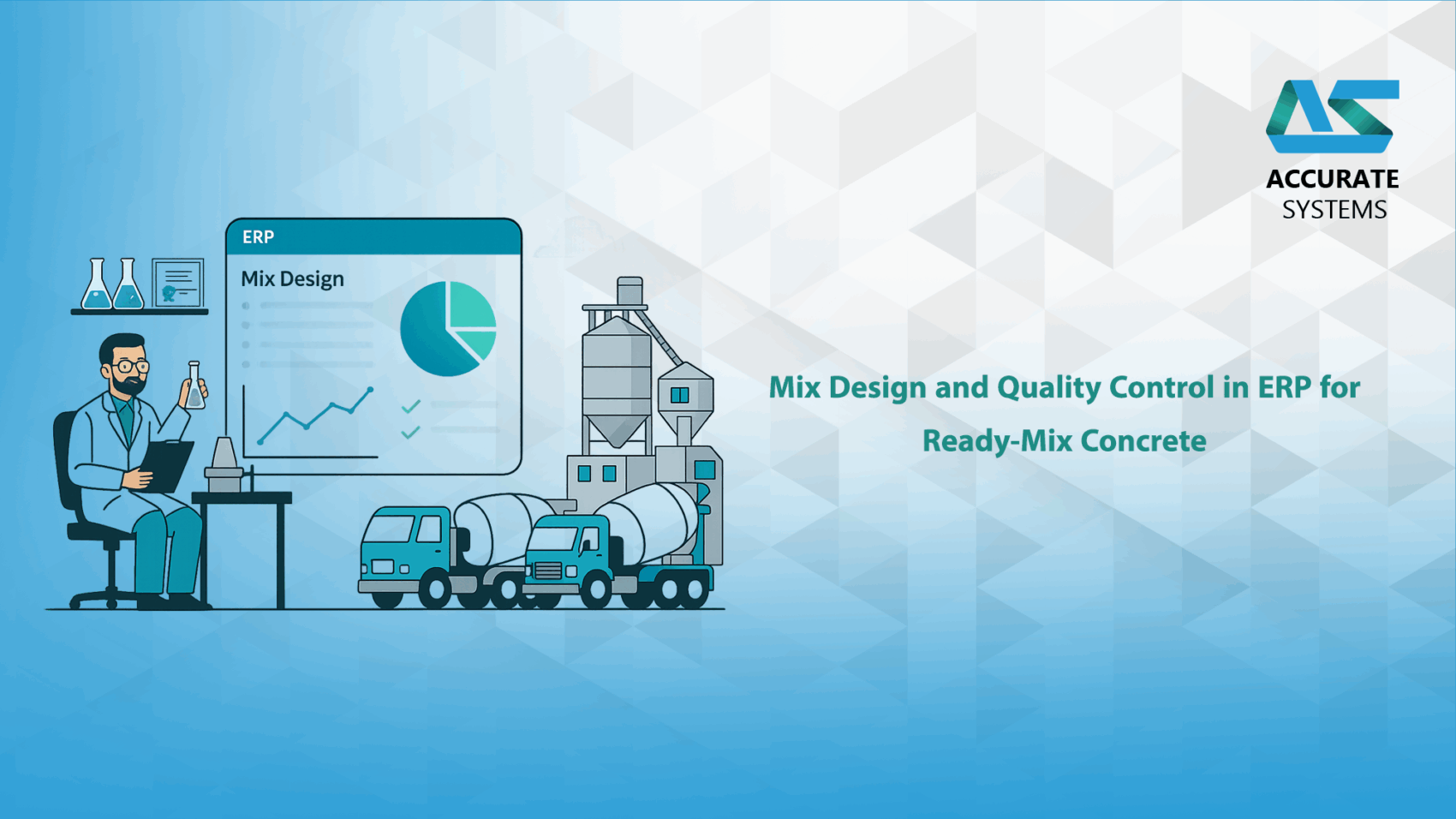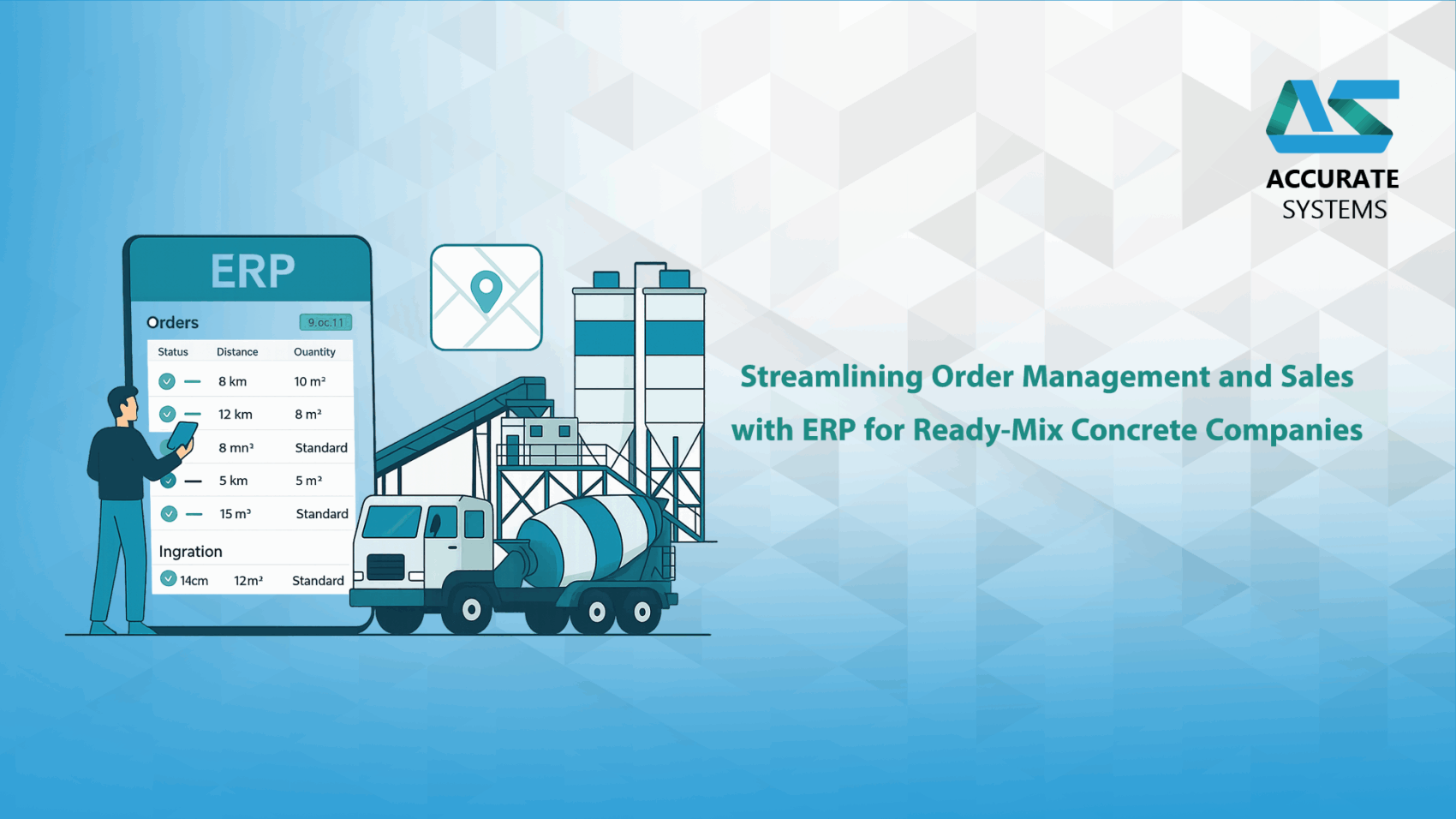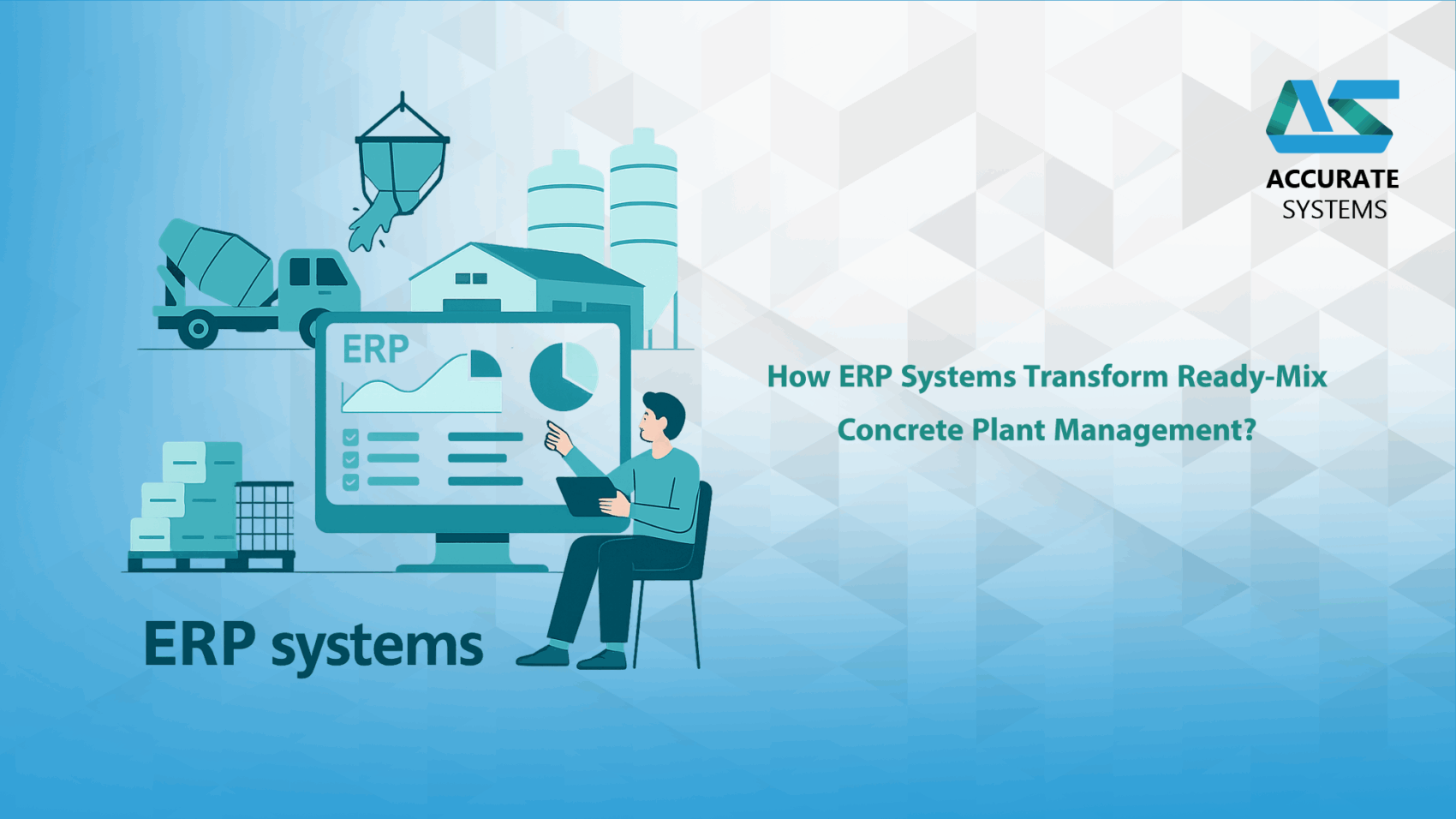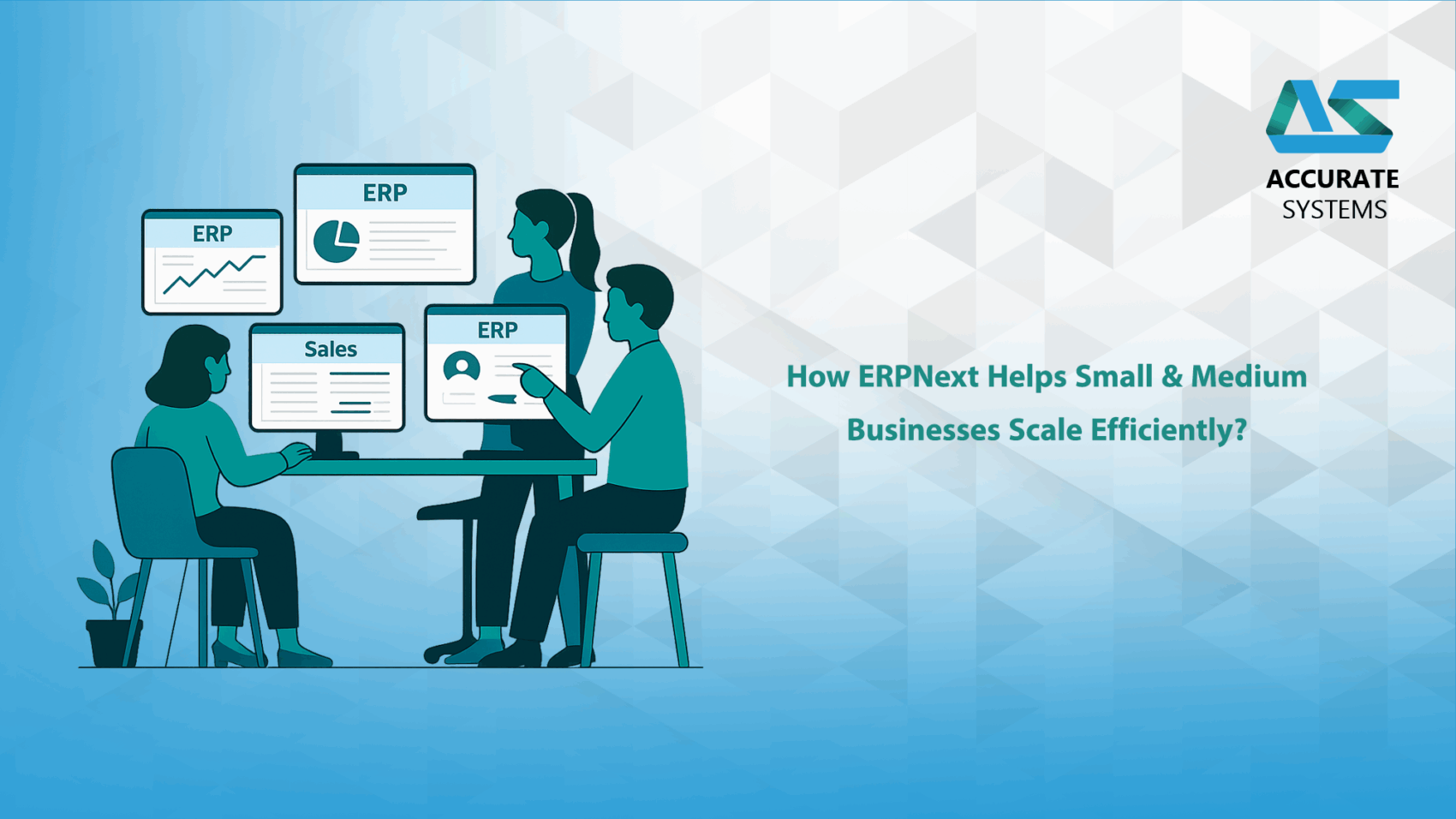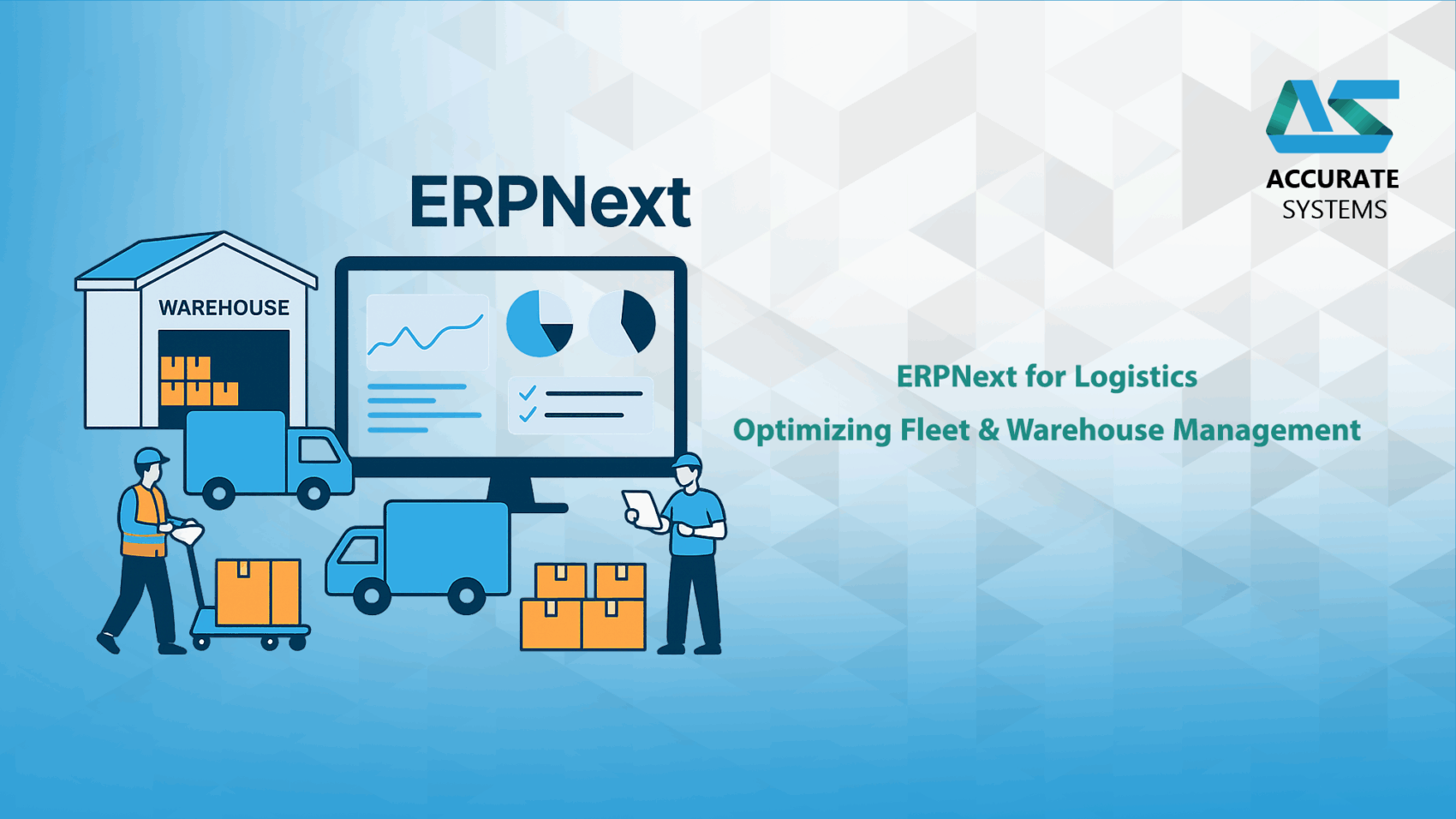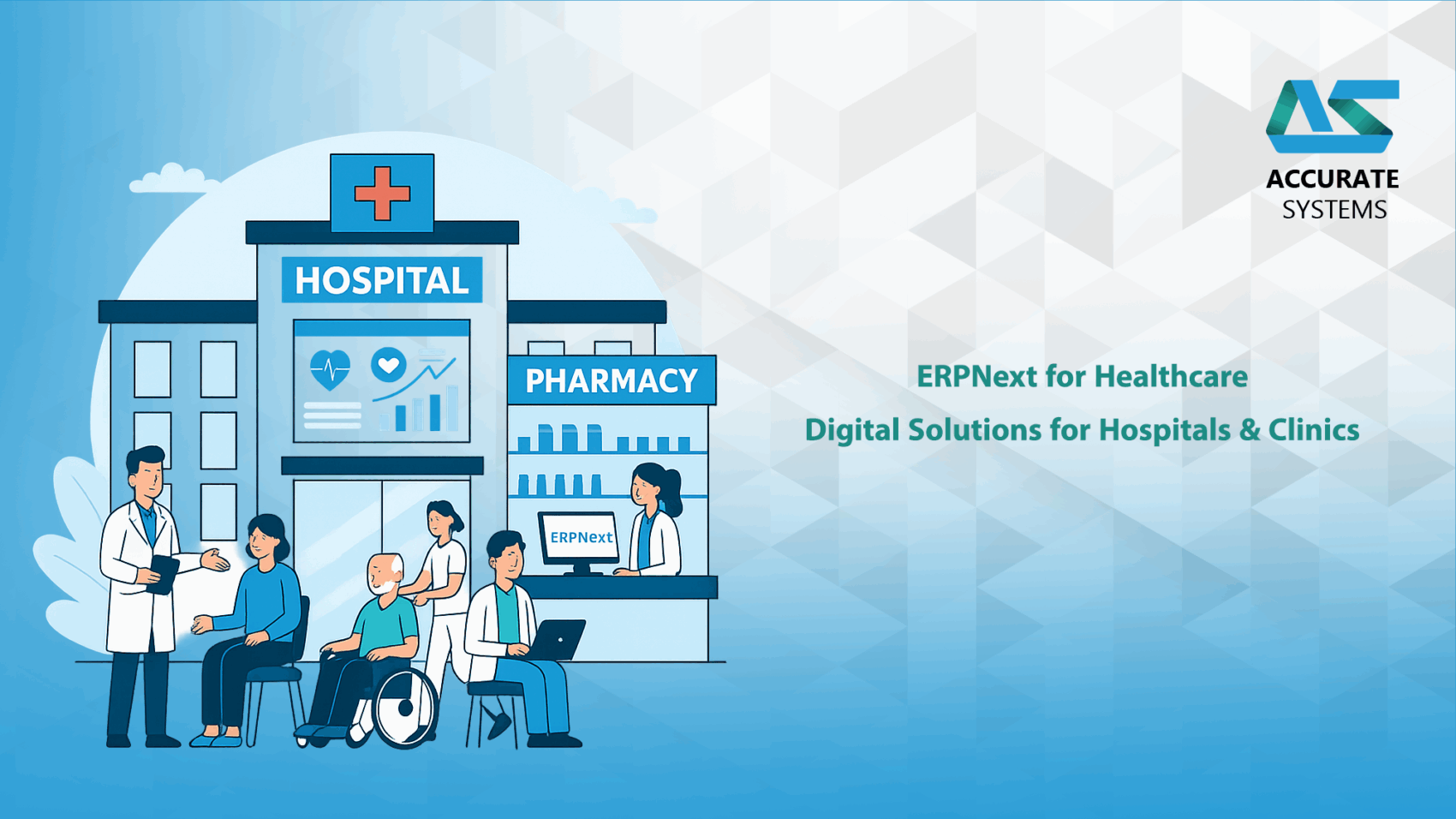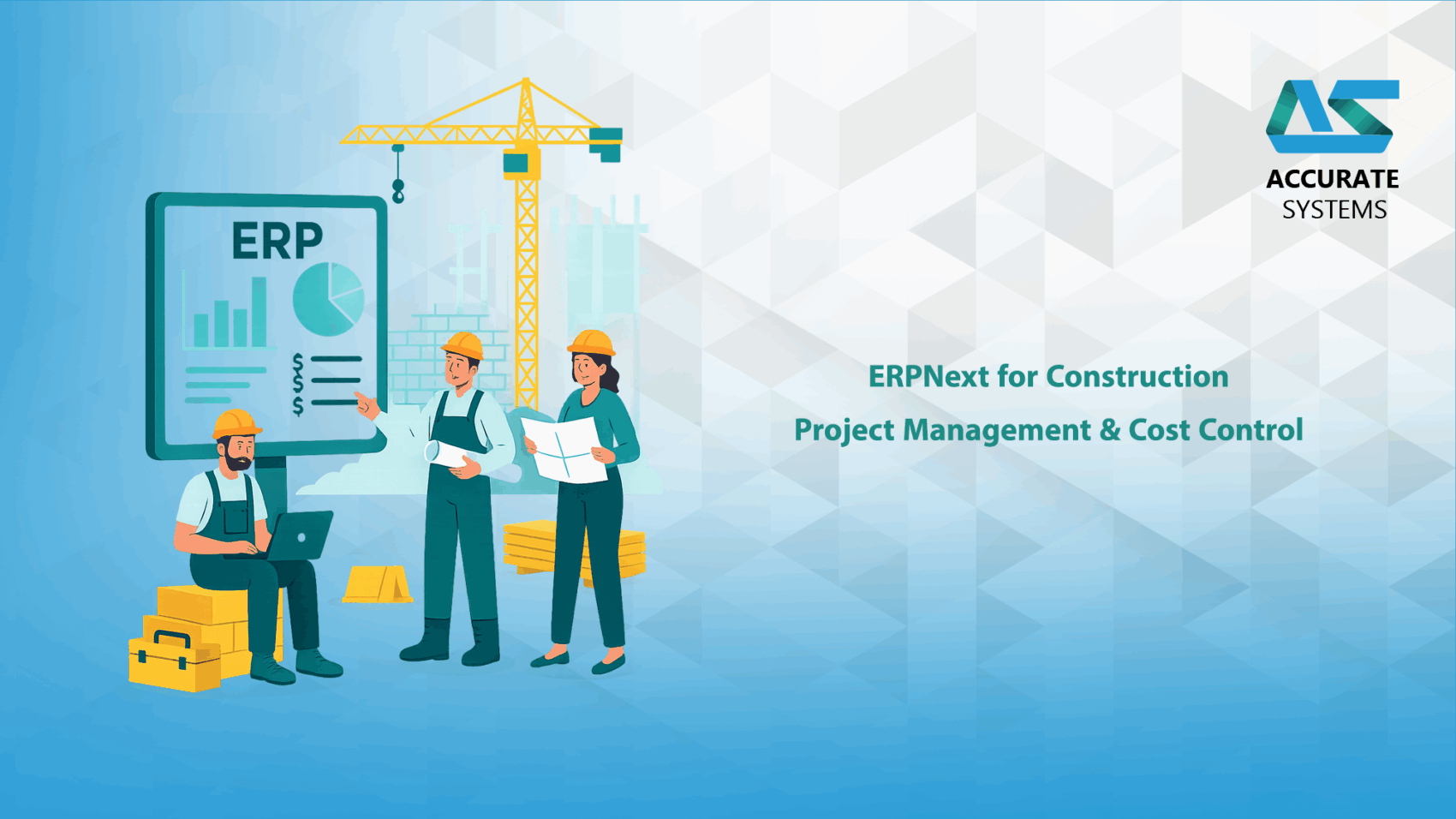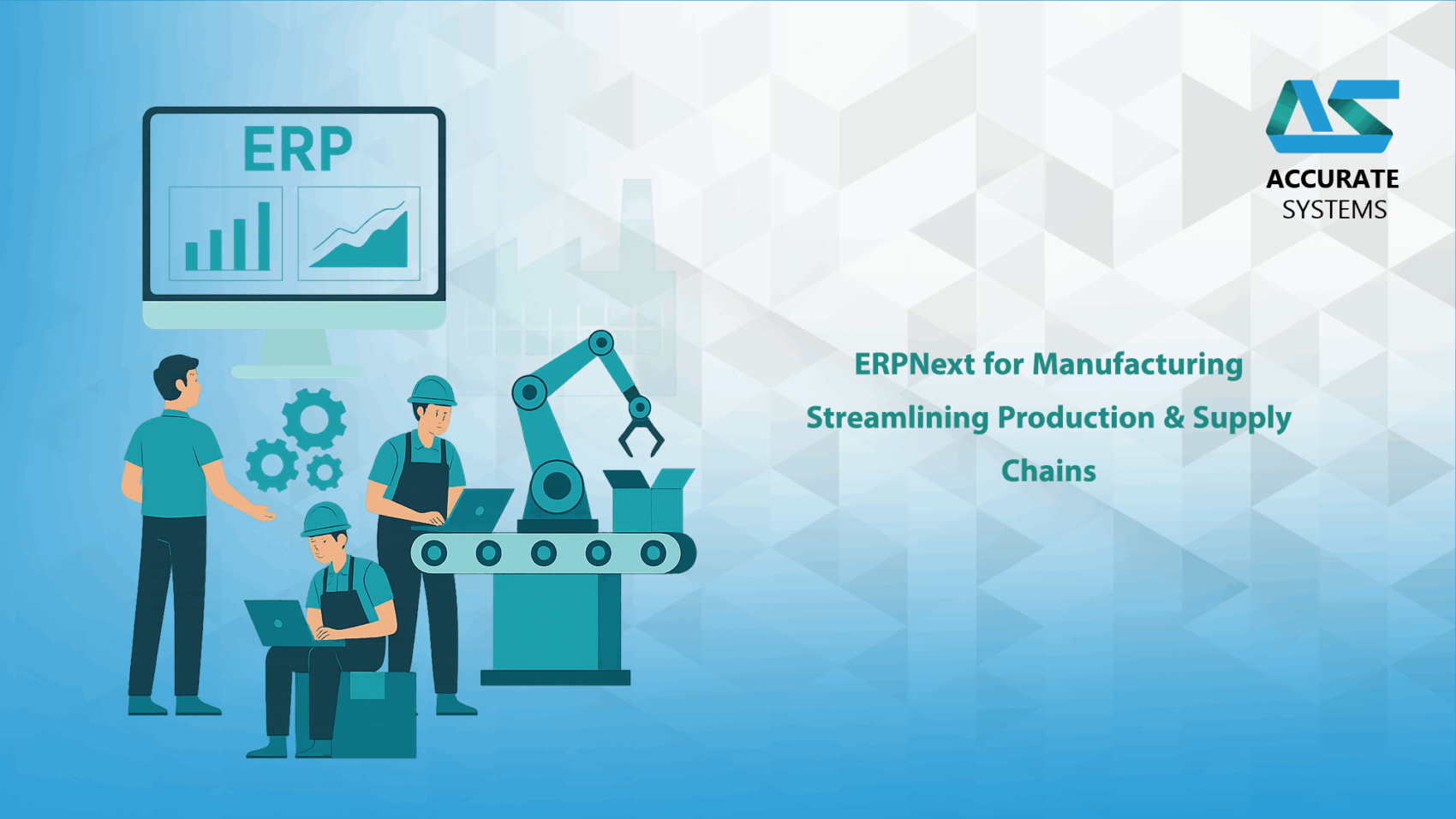Introduction: Why Inventory Management Matters in Ready-Mix Concrete
In the ready-mix concrete industry, the availability and quality of raw materials like cement, sand, gravel, water, and chemical admixtures directly impact production continuity, delivery timelines, and cost efficiency. Poor inventory control can lead to stockouts, material wastage, last-minute procurement costs, and even halted operations.
Modern ERP systems designed for concrete batching plants help monitor raw material usage in real time, generate automated stock alerts, and optimize procurement workflows. This ensures uninterrupted production, improved cash flow, and enhanced visibility across supply chains.
Real-Time Monitoring of Cement, Sand, Gravel, and Admixtures
Accurate material tracking is essential for maintaining mix consistency, batch precision, and project profitability. ERP systems provide end-to-end visibility of raw materials through:
Key Features:
- Live Inventory Dashboards: View real-time stock levels across multiple plants or storage silos.
- Batch Consumption Tracking: Record exact quantities of materials consumed per mix or batch.
- Integration with Weighbridges and Sensors: Automate updates from physical material loading/unloading.
- Material Expiry and Quality Monitoring: Track shelf life and storage conditions of time-sensitive components like cement and chemical additives.
Benefits:
- Prevent unexpected shortages that disrupt production
- Maintain accurate inventory valuation for cost tracking
- Enable quick decision-making based on live data
Alerts for Low Stock Levels
ERP platforms are equipped with intelligent notification systems that proactively alert users when material quantities fall below predefined thresholds.
Automated Alert System:
- Minimum Stock Level Settings: Define critical limits for each raw material.
- Multi-Channel Alerts: Receive warnings via email, SMS, or mobile app notifications.
- Material Replenishment Planning: Allow production and procurement teams to plan ahead.
- Dynamic Safety Stock Adjustments: Update safety stock recommendations based on production cycles and seasonality.
Benefits:
- Avoid emergency purchases or costly delays
- Reduce overstocking and underutilization of warehouse space
- Ensure timely restocking based on real consumption
Automated Procurement Based on Usage Patterns
ERP systems don’t just monitor stock—they also simplify and automate the procurement process by learning from historical usage data.
Smart Procurement Features:
- Usage Pattern Analysis: Automatically calculate reorder points based on average daily consumption and lead times.
- Auto-Generated Purchase Requests: Trigger procurement workflows when stock reaches predefined levels.
- Supplier Management: Track lead times, pricing trends, and preferred vendor lists within the ERP.
- Approval Workflows: Route procurement requests through digital approvals to streamline purchasing cycles.
- Budget Integration: Align procurement decisions with financial plans and cost centers.
Benefits:
- Improve vendor negotiation and purchase planning
- Minimize manual intervention in routine purchasing
- Ensure cost-effective and timely material acquisition
Conclusion: Building a Reliable Raw Material Supply Chain with ERP
ERP systems empower ready-mix concrete companies to proactively manage their raw material inventory, respond swiftly to supply fluctuations, and maintain batch quality. From real-time monitoring to predictive purchasing, ERP tools support smarter planning, lower risk, and improved profitability.
By adopting ERP-driven inventory control, concrete producers can:
- Ensure uninterrupted production with timely stock availability
- Reduce procurement costs through automation
- Strengthen batch consistency and quality assurance
- Gain full visibility into material flow and usage
In a high-demand, time-sensitive industry, ERP systems turn raw material management from a reactive challenge into a strategic advantage.
#ERPNext #InventoryManagement #ReadyMixConcrete #RawMaterials #ConcreteERP #BatchingPlant #ProcurementAutomation #RealTimeInventory #SmartConstruction #SupplyChainOptimization


